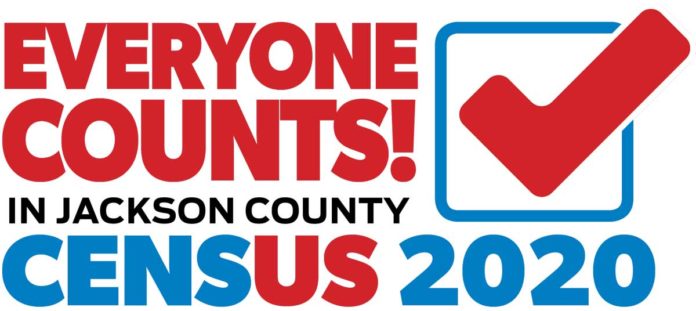The 2020 Census is upon us and our city and county leaders can’t stress the importance of every resident’s participation enough. The biggest reason to participate and complete the census lies in the bottom dollar – $675 billion! The distribution of more than $675 billion in federal funds, grants and support to states, counties and communities are based on census data. This should be reason enough to take the time to complete the census. It is also a way to say to everyone “I COUNT”.
Areas affected by the census included redistricting within each state. State officials redraw the boundaries of the congressional and state legislative districts in their states to account for population shifts.
It’s about fair representation with the reapportion of the number of House of Representatives changing based on the census totals. This determines how many seats Florida will have representing us.
The 2020 Census is the easiest one ever with simple questions. Four very simple questions headline the Census: Population count – the number of people living or staying at your residence. This refers to the date of April 1, 2020. Any additional people living or staying? The goal is to count people once, only once, and in the right place according to where they live on Census Day. Keeping this goal in mind, they ask this question to ensure that everyone living at an address is counted. Are you an owner or a renter? They ask about whether a home is owned or rented to create statistic about homeownership and renters. Homeownership rates serve as an indicator of then nation’s economy and help in administering housing programs and informing planning decisions. What is your phone number? They ask for a phone number in case they need to contact you. They will never share your number and will only contact you if needed for official Census Bureau business.
They ask for names to ensure everyone in the house is counted. They ask the sex of each person to create statistics about males and females. Census data about sex are used in planning and funding government programs, and in evaluating other government programs and policies to ensure they fairly and equitably serve the needs of males and females. Age and date of birth are to assist in understanding the size and characteristics of different age groups and to present other data by age. Local, state, tribal and federal agencies use age data to plan and fund government programs that provide assistance or services for specific age groups such as children, working-age adults, women of childbearing age or the older population. Asking about ethnicity, Hispanic, Latino, or Spanish origin is to create statistics about that ethnic group. Race is asked to create statistics about race and to present other statistics by race groups. The question about living somewhere else temporarily is to ensure that each person is only counted once. Inquiring about the relationship of each person in a household to the one central person is to create estimates about families, households and other groups.
The options you have with ways to respond are internet, telephone and paper. March 23, 2020 the self-response begins. April 1 is Census Day – the reference day of where you live on April 1. Early non-response follow-up begins. May 2020 non-response follow-up begins for households that do not self-respond. Late August through September will see area census offices beginning to close. December 31 the counts will be delivered to the President.
Kat Andrews is a partnership specialist assigned to our area. She can be contacted by mobile phone at 850-688-5283 or office phone of 678-662-1276 or by email at [email protected] and will respond in a timely manner.




